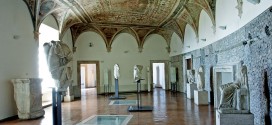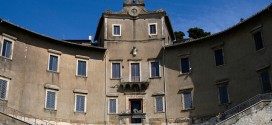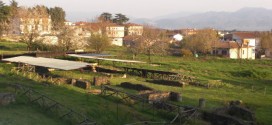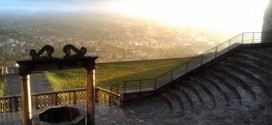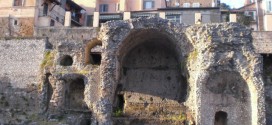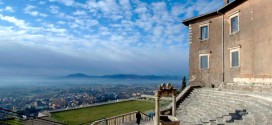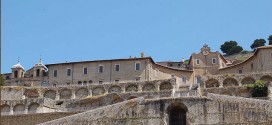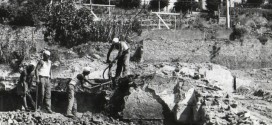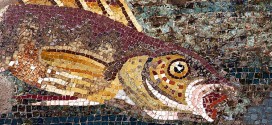The National Archaeological Museum of Palestrina, hosted inside the Colonna-Barberini Palace, was opened in 1998; the Museum set-up was based substantially on thematic criteria that took in considaration the chronological elements and source of finds. The museum itinerary takes place within succession of different themes, from the cult of Fortune, Hellenistic and Iconic sculpture to the Augustan and Imperial Age …
Read More »Archeo-wiki
Barberini Palace
The old palace was built by Colonna family on the structures of semi cycle above the Sanctuary of Fortuna Primigenia around 1050, when family settled at Palestrina. The building underwent a first destruction in 1298, when Palestrina, after a siege that lasted nearly a year, was compleatly destroyed on demande of Boniface VIII, who had ordered the confiscation of family’s …
Read More »Domus and Houses
The typical Roman House, which was widely distributed (from the beginning) even in the Latin cities such as Praeneste, was called domus by the Latins. Today archaeologists indicate with this word urban single-family housing, variable-size, whose rooms are articulated around a central opend courtyard (atrium) that provides light inside the rooms, usually closed to outside for safety reasons. At the …
Read More »The Imperial Age
The story of Palestrina during the Imperial age is less known, but to judge from the inscriptions, remains of buildings and evidences of considerable artistic level, that have been preserved to the present day, it was a period of discreet prosperity, however not comparable with the splendors of the Republican Age. In the Augustan Age the monuments and archaeological finds …
Read More »The late Republican Age and new prosperity of Praeneste
At the end of the 2nd century BC a new sensitive rebirth of Praeneste was noticed, a period of great prosperity and wealth, documented mainly by impressive and monumental urban restoration of public buildings of civil and sacred character. The Prenestins in fact, like citizens of many other small centers of Latium region took advantage of Rome’s wars in the …
Read More »The Republican era and the Punic Wars
While the archaeologists document the wealth and importance of Praeneste in Orientalizing and Archaic age, the first news handed down by the ancient authors are only at the beginning of the Republican era, whan the contrasted relatioships with Latin League are remembered. We also know that at the end of 5th century BC members of the most prominent prenestine families, …
Read More »The archaic age (6th-5th century BC)
For the period of Archaic age the testimony about necropolis are much more limited/rare, although still demonstrate a continuity of relationships with the Etruria, and we may assume that it is a period of crisis for the city of Palestrina, at least until the end of the 6th century BC, although it is possible that this lack of documentation depends …
Read More »Mythical origins and the oldest residental area of Praeneste
Ancient myths attribute the founding of the city to different characters; Greek sources lead back to Prainestos, son of King Latinus and grandson of Ulysses, or Telegono, son of Ulysses and Circe. Virgil, however, collects an Italic tradition according to which it is Caeculus to build the city, the blind son of the god Vulcan, killed by Aeneas. Even illustrious …
Read More »Bombings of 1944
On the 10th of June 1940, fascist Italy enters the war. After about three years of unsuccessful military campaigns on 10th of July 1943 the allies landed in Sicily. On 25th of July 1943 falls the regime, and on September the 8th Italy signs the Armistice and its territory get occupied by German troops. The resurgence of peninsula by Allied …
Read More »Mosaic of Pisces
The so-called Cave of Fates was originally a natural cave wich around the middle 2nd century BC was framed in a structure of tuff blocks and at the end of the same century was included in the complex of Forum. Splendid mosaic decoration (Mosaic of Pisces) dating back at the end of 2nd century BC, was unfortunately damaged by subsequent …
Read More » Archeopalestrina Percorso archeologico di Palestrina, l'antica Praeneste
Archeopalestrina Percorso archeologico di Palestrina, l'antica Praeneste
